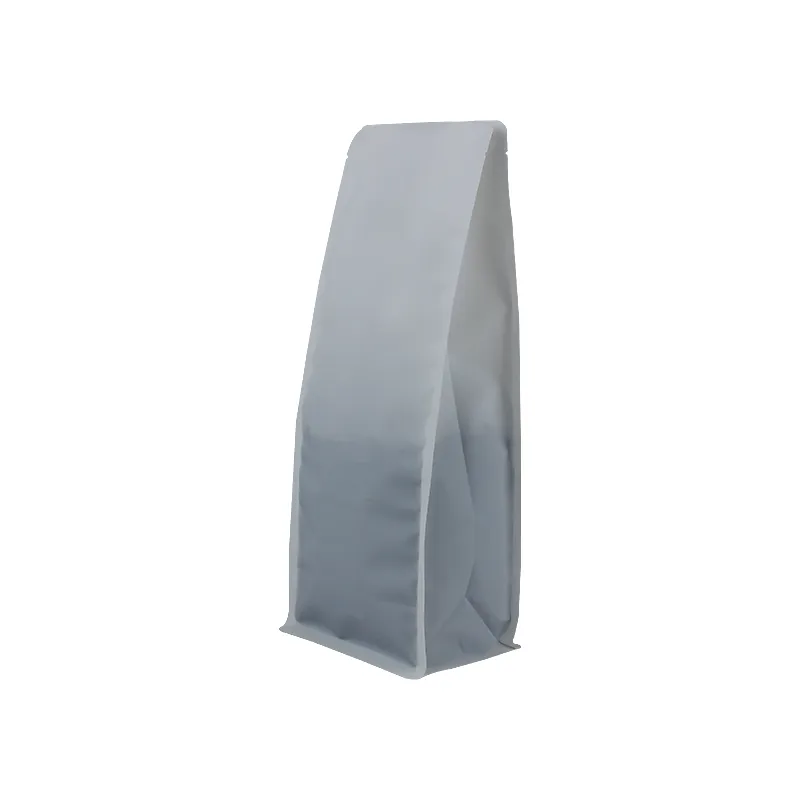- Afrikaans
- Albanian
- Amharic
- Arabic
- Armenian
- Azerbaijani
- Basque
- Belarusian
- Bengali
- Bosnian
- Bulgarian
- Catalan
- Cebuano
- chinese_simplified
- chinese_traditional
- Corsican
- Croatian
- Czech
- Danish
- Dutch
- English
- Esperanto
- Estonian
- Finnish
- French
- Frisian
- Galician
- Georgian
- German
- Greek
- Gujarati
- haitian_creole
- hausa
- hawaiian
- Hebrew
- Hindi
- Miao
- Hungarian
- Icelandic
- igbo
- Indonesian
- irish
- Italian
- Japanese
- Javanese
- Kannada
- kazakh
- Khmer
- Rwandese
- Korean
- Kurdish
- Kyrgyz
- Lao
- Latin
- Latvian
- Lithuanian
- Luxembourgish
- Macedonian
- Malgashi
- Malay
- Malayalam
- Maltese
- Maori
- Marathi
- Mongolian
- Myanmar
- Nepali
- Norwegian
- Norwegian
- Occitan
- Pashto
- Persian
- Polish
- Portuguese
- Punjabi
- Romanian
- Russian
- Samoan
- scottish-gaelic
- Serbian
- Sesotho
- Shona
- Sindhi
- Sinhala
- Slovak
- Slovenian
- Somali
- Spanish
- Sundanese
- Swahili
- Swedish
- Tagalog
- Tajik
- Tamil
- Tatar
- Telugu
- Thai
- Turkish
- Turkmen
- Ukrainian
- Urdu
- Uighur
- Uzbek
- Vietnamese
- Welsh
- Bantu
- Yiddish
- Yoruba
- Zulu
Innovative Approaches to Sustainable Paper Packaging Solutions for Eco-Friendly Products
The Evolution and Importance of Paper Packaging
In an era marked by heightened environmental consciousness and the push for sustainable practices, paper packaging has emerged as a vital player in the packaging industry. As consumers increasingly demand eco-friendly solutions, paper packaging offers not only sustainability but also versatility, functionality, and aesthetic appeal. This article explores the evolution of paper packaging, its significance in today’s market, and the innovations driving its future.
Historically, paper packaging can be traced back centuries, with early forms utilized by ancient civilizations for various purposes. The inception of modern paper packaging began in the 19th century with advancements in paper production techniques and the industrial revolution. The introduction of kraft paper in the early 1900s marked a significant milestone, allowing for the production of strong, lightweight, and durable packaging solutions. Kraft paper's resilience made it a popular choice for bags, boxes, and other packaging applications.
Today, the paper packaging industry is thriving. According to recent statistics, the global paper packaging market was valued at approximately $250 billion in 2020 and is projected to grow steadily in the coming years. This growth can be attributed to several factors, including the increasing preference for sustainable packaging options among consumers and businesses. Unlike plastic, which takes hundreds of years to decompose, paper is a renewable resource and biodegradable, making it an environmentally friendly choice.
One of the primary advantages of paper packaging is its adaptability. It can be engineered into a variety of forms, including boxes, cartons, and flexible packaging. This versatility allows manufacturers to create customized solutions tailored to specific products and industries. For instance, e-commerce has surged in popularity, leading to the demand for paper-based packaging that can protect goods during transit while also being easy to recycle. Companies like Amazon have embraced this trend, using paper-based materials to package their products, thus reducing their carbon footprint.
paper packaging

Another significant aspect of paper packaging is its aesthetic appeal. Brands are increasingly recognizing the value of packaging design in attracting consumers. Well-designed paper packaging can enhance the unboxing experience, strengthen brand identity, and create a connection with consumers. The tactile nature of paper gives products a premium feel, which is especially crucial in sectors like cosmetics, gourmet foods, and luxury items. Custom prints, textures, and finishes can transform simple paper packaging into a standout feature that captures consumer attention.
Sustainability efforts are further emphasized by the recycling potential of paper. According to the American Forest & Paper Association, the recovery rate for paper products in the United States is over 65%, significantly higher than that of plastics. Increased recycling rates reduce the need for virgin fibers, thereby preserving forests and minimizing the environmental impact. Moreover, many paper packaging companies source their materials from responsibly managed forests, ensuring that their production processes are sustainable and ethical.
Innovation in materials is another driving force behind the paper packaging industry. Manufacturers are continuously exploring new technologies and processes to enhance the performance of paper packaging. For example, advances in barrier coatings allow for the creation of paper packaging that can protect sensitive products from moisture, oxygen, and light – characteristics traditionally associated with plastic. These innovations open doors for paper packaging in areas such as food preservation, electronics, and pharmaceuticals, which require stringent protection standards.
Furthermore, regulatory measures aimed at reducing plastic waste are prompting businesses to pivot towards paper packaging. Initiatives like the European Union’s Single-Use Plastics Directive encourage companies to explore alternative materials, thus driving innovation within the paper packaging sector. Brands that proactively adopt sustainable practices often experience enhanced consumer loyalty and brand image, as many consumers are willing to pay a premium for environmentally responsible items.
In conclusion, paper packaging stands as a symbol of a shifting paradigm towards sustainability and innovation in the packaging industry. Its historical evolution has paved the way for a multifaceted solution that meets the demands of modern consumers while simultaneously protecting the environment. As we move forward, advancements in technology and a collective commitment to sustainable practices will continue to propel the growth of paper packaging, ensuring it remains a cornerstone of eco-friendly initiatives across various sectors. With its combination of functionality, aesthetics, and environmental responsibility, paper packaging is not just a temporary trend but a crucial element of a sustainable future.













